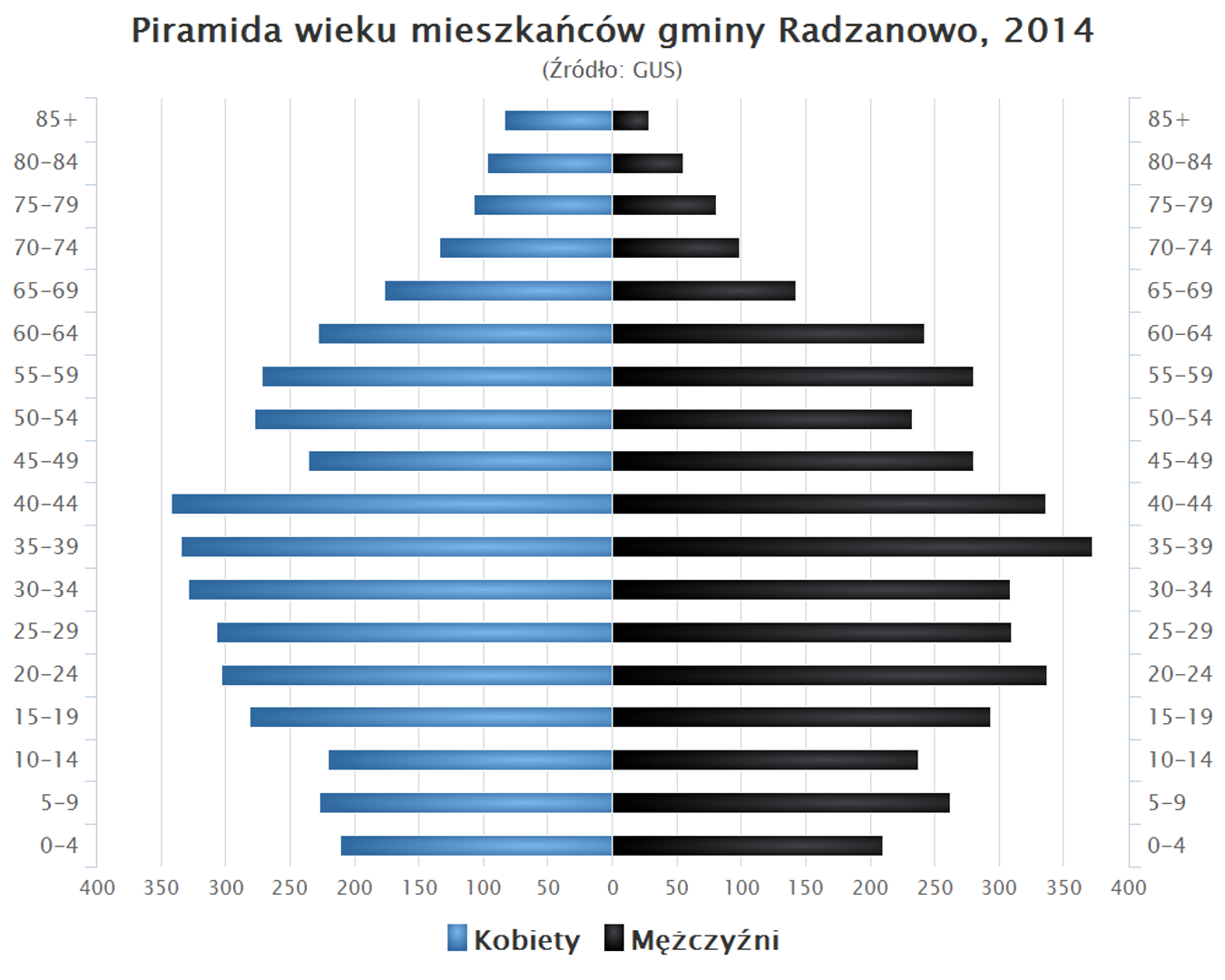Radzanowo
6.32

Overview
Radzanowo is a rural commune located in the Masovian Voivodeship, in Płock County, with its administrative seat in the locality of the same name. Formerly known as the Rogozino Commune, it covers an area of 104.32 km², of which 91% is agricultural land and 2% is forested. In 2012, the commune was home to 7,980 people. Radzanowo is surrounded by other communes such as Bielsk, Bodzanów, Płock, and Słupno, which places it within a specific administrative and geographical context.
The commune consists of numerous village administrative units (sołectwa), including Białkowo, Brochocin, Chełstowo, Chomętowo, Juryszewo, and Radzanowo-Dębniki, reflecting its diverse rural and cultural areas. Architecturally, Radzanowo does not stand out with any prominent historical monuments, but its rural houses, wooden cottages, and farm buildings form an essential part of the local landscape, showcasing the traditional lifestyle of its inhabitants.
The commune also possesses rich cultural potential, with local traditions and customs holding a special place. Although larger cultural events may be organized less frequently, local communities often engage in various festivities and fairs aimed at preserving cultural heritage. Interestingly, the commune is home to representatives of various social groups, which contributes to the enrichment of local culture.
From a historical perspective, Radzanowo, like many other rural communes in Poland, has likely witnessed various upheavals over the centuries, which have shaped its character. Established as an administrative unit, it belonged to the Płock Voivodeship between 1975 and 1998, influencing its development and governance. Demographic data from 2004, including the age pyramid of its residents, serves as an important indicator for social policy planning in rural regions.
In summary, Radzanowo is a commune that, while lacking prominent architectural or cultural monuments, forms an important part of the local Masovian landscape. Its social structure, traditions, and history shape the character of this rural area, making it an interesting place to live and explore local cultural richness.
Location
2025 Wizytor | All Rights Reserved